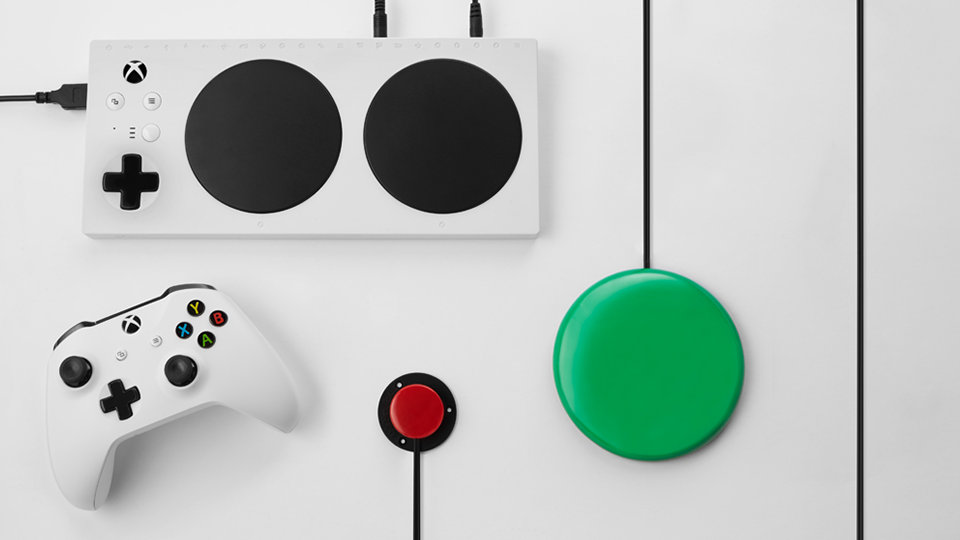Empowering Accessibility: Gadgets for Special Individuals
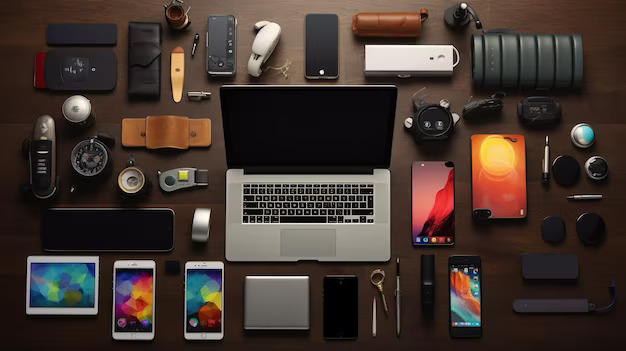
Innovation in technology has ushered in a new era of accessibility, empowering individuals with disabilities to navigate the world with greater independence and inclusion. From smart devices to assistive technologies, a wide range of gadgets tailored to the unique needs of special individuals has emerged, revolutionizing the way they interact with their environment. In this article, we'll explore some of the most innovative gadgets designed to enhance accessibility and improve the quality of life for people with disabilities.
1. Smart Hearing Aids:
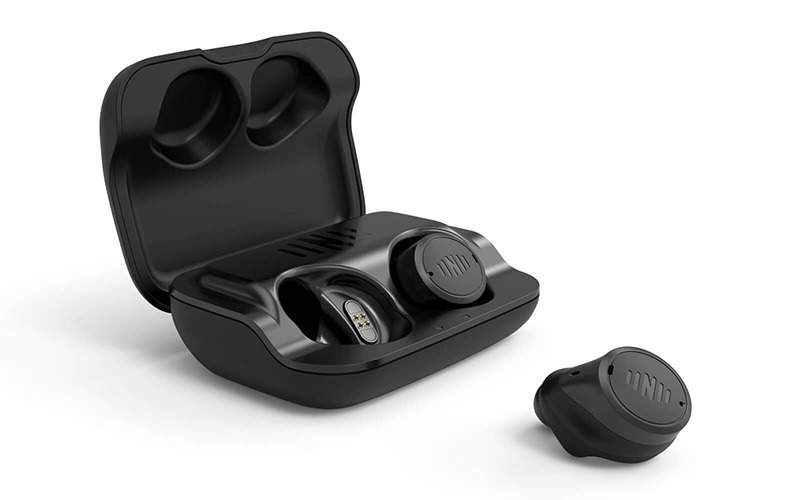
For individuals with hearing impairments, traditional hearing aids have long been essential tools for improving communication. However, recent advancements in technology have transformed these devices into smart, connected gadgets. Smart hearing aids can automatically adjust settings based on the user's environment, filter out background noise, and even stream audio directly from smartphones or other compatible devices. Additionally, smartphone apps allow users to customize their hearing experience, making it easier to participate in conversations, enjoy music, and engage with multimedia content.
2. Braille Displays and Notetakers:
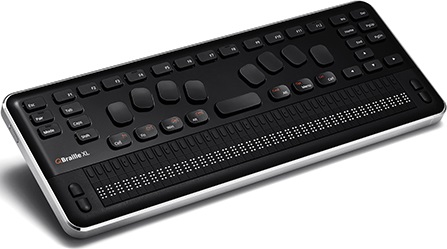
Braille remains a vital tool for individuals who are blind or visually impaired, facilitating literacy, communication, and independent navigation. Braille displays and notetakers leverage digital technology to provide tactile feedback and enable users to read and write in Braille. These compact devices connect to computers, smartphones, or tablets, allowing users to access digital content, browse the internet, and take notes in Braille. Some models also incorporate speech output for users who prefer auditory feedback, offering versatility and flexibility to meet diverse needs.
3. Smart Mobility Aids:
Mobility challenges can significantly impact an individual's independence and quality of life. Smart mobility aids, such as motorized wheelchairs and mobility scooters, integrate advanced features to enhance safety, convenience, and autonomy. These devices may include GPS navigation systems, obstacle detection sensors, and remote control capabilities, allowing users to navigate complex environments with greater confidence and ease. Additionally, wearable devices, such as smart canes equipped with sensors and haptic feedback, provide real-time guidance and alerts to help users detect obstacles and navigate obstacles more effectively.
4. Voice-Activated Assistants:
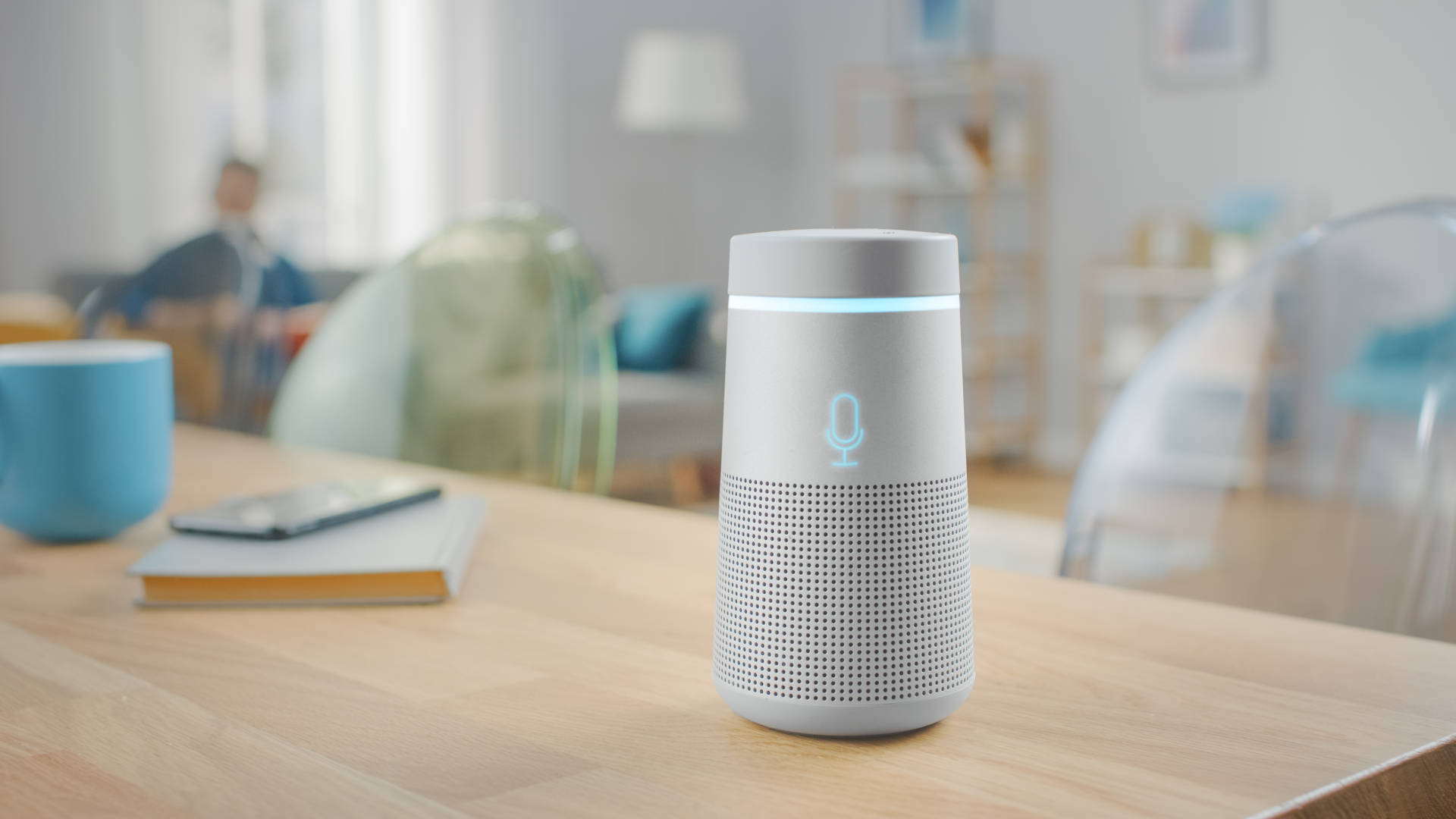
Voice-activated assistants, such as Amazon's Alexa, Apple's Siri, and Google Assistant, offer hands-free access to information, entertainment, and smart home controls. For individuals with mobility impairments or dexterity challenges, voice-activated assistants serve as invaluable tools for performing everyday tasks, such as setting reminders, managing calendars, controlling smart home devices, and accessing information online. These virtual assistants can also integrate with other assistive technologies, enabling seamless communication and interaction across various devices and platforms.
5. Adaptive Gaming Controllers:
Gaming is a popular form of entertainment enjoyed by people of all ages and abilities. However, traditional gaming controllers may present challenges for individuals with mobility or dexterity impairments. Adaptive gaming controllers are specially designed to accommodate a wide range of physical abilities, providing customizable controls and alternative input methods. These controllers may feature large buttons, programmable switches, joystick extensions, and other modifications to suit individual preferences and needs. Additionally, adaptive gaming peripherals, such as foot pedals and mouth-operated controllers, offer alternative input options for users with more severe mobility limitations.
Conclusion:
As technology continues to evolve, the landscape of accessibility is undergoing a profound transformation, empowering individuals with disabilities to lead more independent, fulfilling lives. Gadgets tailored to the unique needs of special individuals are not only improving accessibility but also promoting inclusion, diversity, and equal opportunities for all. By embracing innovation and prioritizing accessibility in design and development, we can create a more inclusive society where everyone has the tools and resources they need to thrive.
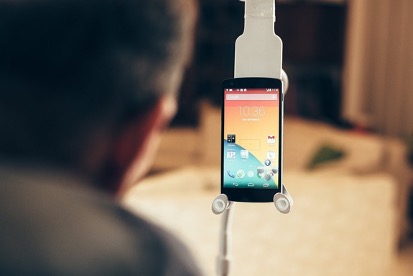
Sesame Phone
The Sesame Phone is a smartphone designed explicitly for the mobility impaired population. It uses computer vision technology to allow people to access any app just by moving their heads. Sesame Phone is the latest example of how gesture and facial recognition technology are turning things like smartphones and tablets into vital communication devices for people with special needs. The on-screen cursor is controlled by the position and movements of a user’s head, and supports even minimal movements. Voice control is integrated to provide a truly hands-free experience for accessing the device. To turn the phone just say “Open Sesame” and it will wake up and start tracking you. the device costs about $1,000 and some organizations are providing it free of cost to the specially able persons.

Power Chairs
It is a device that helps in mobility and orientation. It is typically used by individuals who have a medical condition and have difficulty walking. These devices usually have four to six wheels, which help with stability, and are powered by batteries that generally last around 10 miles before needing to be recharged. A Power Wheelchair price ranges from $1,500 to $4,000 and can go up over $15,000. Mid wheel drive systems average higher than front and rear wheel drive. High-end power wheelchairs come with many options such as recline, tilt-in-space and some can even bring the user to a standing position.
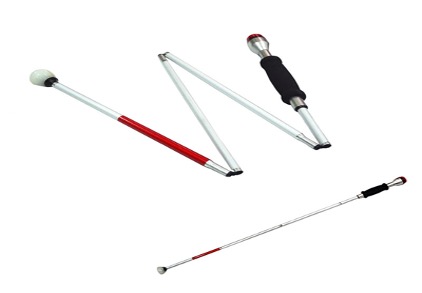
Tactile wand electronic cane
This device also helps in mobility for a person who is blind. There are different types of cane but this is the latest and best cane because it uses a distance sensor to detect objects in front of the user. Apparently, the closer you come to an object, the greater the vibration. An electronic travel aid which fits on top fold of the white cane. Informs about presence of objects before actually touching the object with the cane and thus helps in preventing unwanted contact. Research sensor canes can be heavy and expensive — weighing up to 50 pounds with a cost of around $6,000.
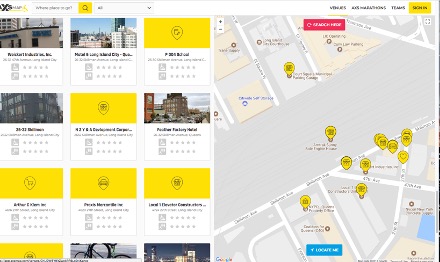
AXS Map
AXS Map’s goal is to map the accessibility of these places to help people with disabilities navigate the world with ease. It’s a problem many of us face, but for the more than 1.3 billion people worldwide with mobility or vision related disabilities, the challenges are often compounded.
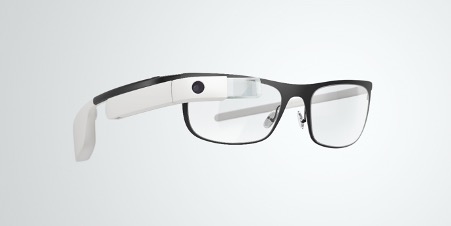
Google Glass
Google Glass is the name for a type of wearable computer created by the Google's Project Glass. These futuristic glasses provide augmented reality for users by visually connecting them to an Android-run heads up display that offers many of the features of an Android spmartphone. Google Glass provide an experience known as augmented reality, where images are superimposed over what the user sees in real life. It looks like a pair of glasses with one side of the frames thicker than the other. It costs $15,000 USD.
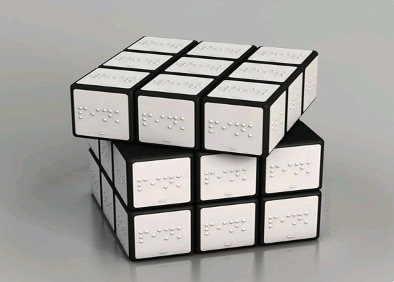
Braille Rubik Cube
The Braille Cube simply embosses tactile Braille stickers over the colored ones for blind people to read. The only problem with this concept is being able to continue to read the Braille inscriptions as the squares are turned about. Crafted with eco-friendly ABS material, harmless to human and environment. Lightweight and comfortable in the hand, you could try to stretch your brain capacity or spending some leisure time with it whenever and wherever you are. This 3x3x3 Cube is specially designed for the blind. The Braille uses 3D embossed design. The feel is stronger than the ordinary cube, make the player to read the content quickly and accurately. The cost of this cube is $16.
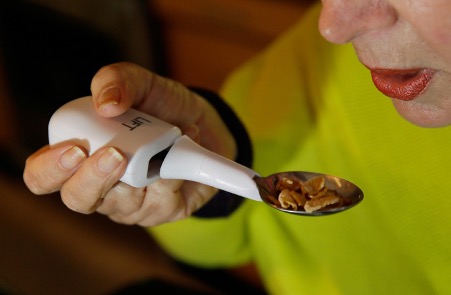
Anti – Shake spoon
Stabilizing Technology to get Food from Plate to Mouth Effortlessly. Affordable, lightweight and strong. No electrical components or batteries. Dishwasher safe. Counter weights and rotation axes keep the spoon bowl level regardless of your hand twists or moves. For people suffering from fine motor control, hypotonia, cognition deficit, tremor and poor control. Available in 2 sizes. - Soupspoon and Teaspoon - Suitable for both children and adults. The price of the spoon is Rs 599 may vary from brand to brand.
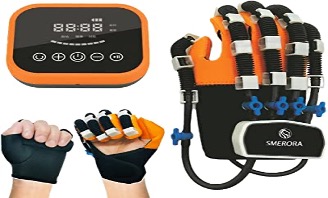
Smerora Robotic Gloves
A soft robotic glove designed to facilitate home-based rehabilitation for stroke survivors with hand impairment through repetitive stretching exercises. It is a hand wearable device for rehabilitation, one can use it at home and clinic, deliver high repetitions for effective functional recovery and connected device to get feedback from therapist. Low pressure and comfortable materials make this device safe and desirable for repeated use. It is best for those people who have less motor control one their hands. This gadget is bit costly, the price starts from Rs 22,500.

Oticon More
Oticon More with Brain Hearing technology is a revolutionary hearing aid that gives the brain more of the relevant information it needs to make better sense of sound, so one can get better speech understanding with less effort and the ability to remember more. Oticon More is the hearing aid with built-in intelligence to make more sense of sound. Oticon More supports your brain by giving it more of what it needs to make better sense of sound. It costs Rs 25,000.
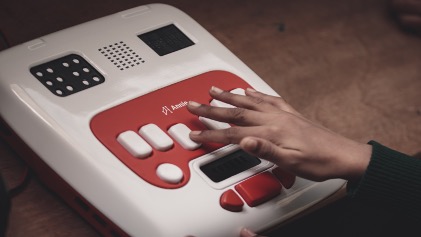
Annie Braille
It is the world’s first Braille self-learning device. Annie was built to be a comprehensive Braille self-learning device, one that could make learning fun, engaging, and intuitive for blind students. It was important to develop child-friendly hardware that had a sense of playfulness, a device that encouraged the learner to have fun. Annie has helped hundreds of blind children learn Braille reading, writing, and typing in schools across the world, from India to the United Arab Emirates to the United Kingdom. It teaches through interactive lessons across contracted and unconstructed Braille.





